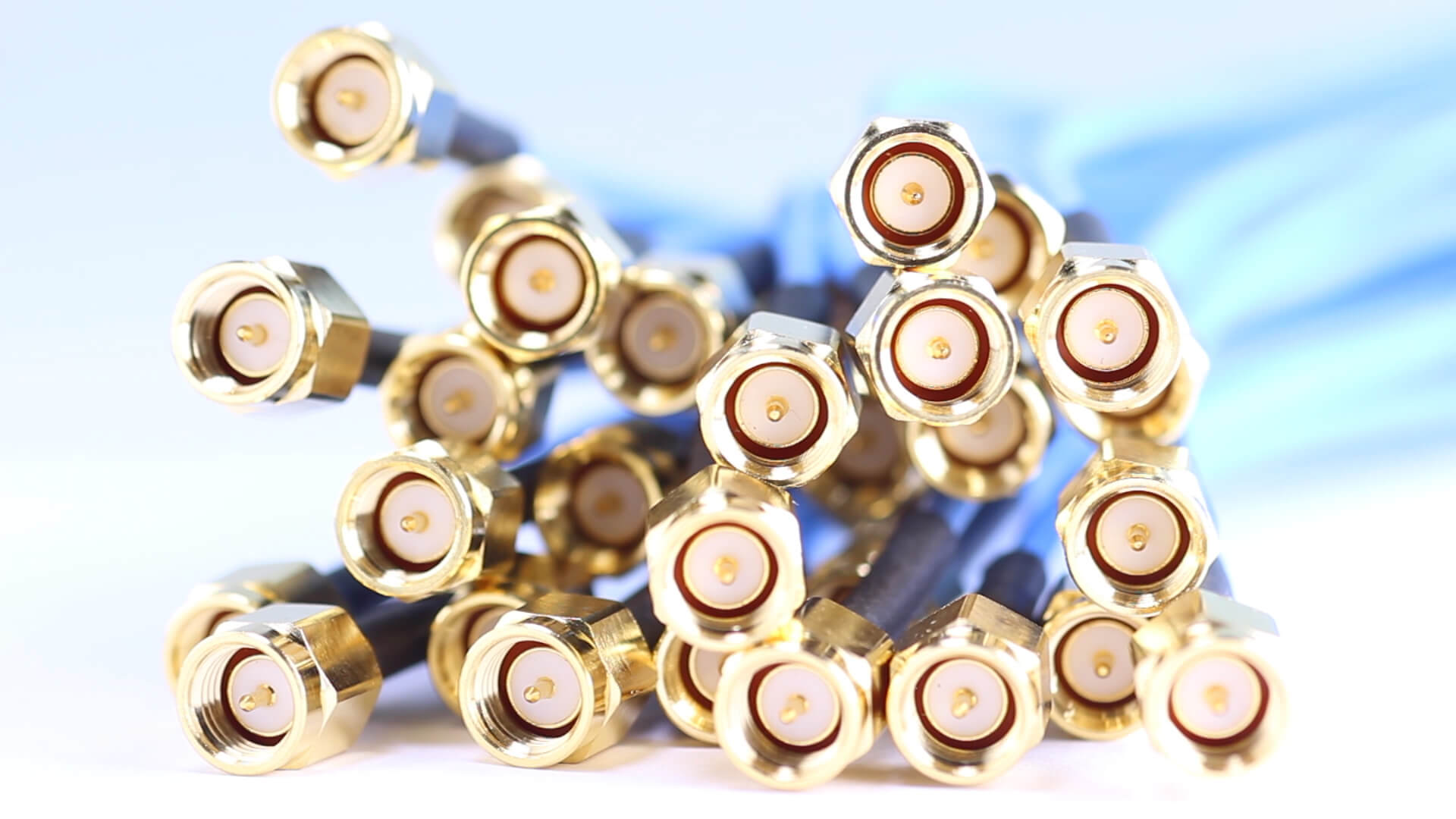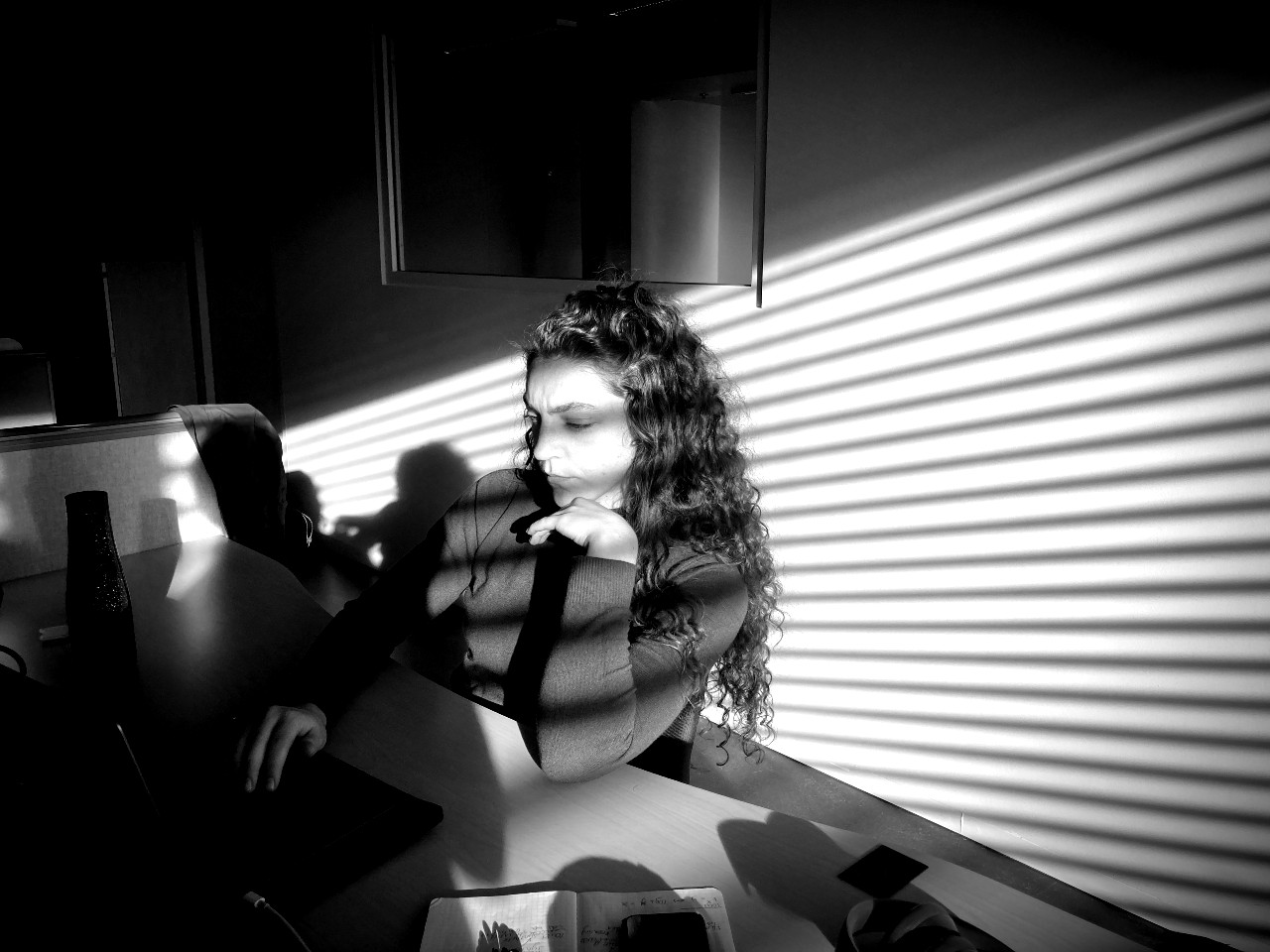
We’ve had lots of questions about the process for developing our Phytl Signs device so I thought I’d tell you a bit more…
The Phytl Signs team has years of experience working in telecommunications and transport. Dr Nigel Wallbridge, one of Phytl Signs inventors, was studying CANbus systems as part of his work in the rail sector. A CANbus is a standard operating protocol developed by Robert Bosch in Germany in the 1980s to enable microcontrollers in vehicles to communicate with other applications without a host computer. In your car, the speedometer communicates the vehicle’s speed. Most other electronically controlled parts of the car don’t care about the vehicle’s speed – but your door locking mechanism does. When you reach the preset limit, often about 10 kph the doors automatically lock because information is processed by the CANbus.
Nigel wondered if there are distributed control networks in the human body similar to the CANbus in a vehicle. Our research in this area started in 2012 and we’ve been looking for these networks in people. We found some evidence of their existence, but knew that it would take years of research to develop approved products.
Then I saw an article in The New Scientist about plant intelligence and communication and we started looking for electrical signals in plants. Finding them proved much easier than it had done in humans, so our product development journey began in earnest.
We developed a breadboard, a base for prototyping electronics and soon realised we could monitor the electrical signals from plants if the plants were inside a Faraday cage – how most plant research is done. A Faraday cage blocks ambient electromagnetic radiation and makes the plant signals easier to see amongst the electrical noise in the environment.

But we knew that to be useful, outside of research, we would need to find a way to monitor plant signals in their natural environment. Fortunately, the Phytl Signs team included people with a deep knowledge of radio signals and design of electrical filters. We also linked up with experts in signal processing – and developed both electronics and analytics that enable plants to be monitored both indoors and outdoors.
We’re currently testing and improving the Phytl Signs software and I’ll share more about our approach to ensuring an engaging user experience soon.




